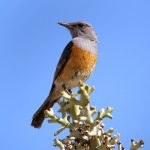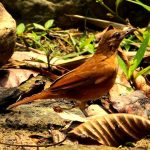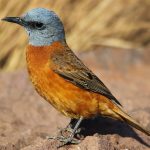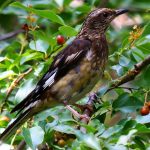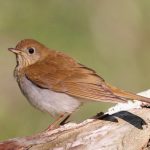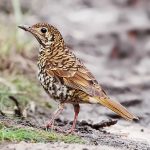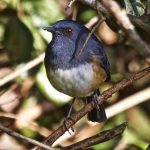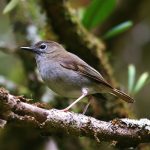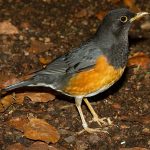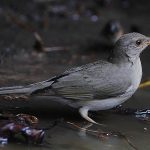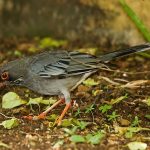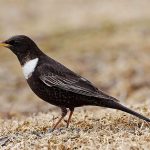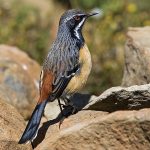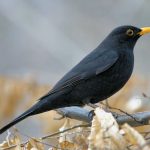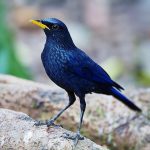Scaly thrush

Zoothera dauma
 |
| (Photo from Passeriformes-Turdidae) |
Common name:
scaly thrush (en); tordo-dourado (pt); grive dama (fr); zorzal dorado (es); erddrossel (de)
Taxonomy:
Order Passeriformes
Family Turdidae
Range:
This Asian species breeds across Siberia and the Himalayas, wintering in northern India and Bangladesh, Myanmar, southern China and southern Japan. There are also some resident populations in south-west India and in the Indonesian islands of Java and Sumbawa.
Size:
The scaly thrush is 26-31 cm long and weighs up to 140 g.
Habitat:
These birds are mostly found breeding in wet taiga forests, but are also found in humid tropical rainforests and eucalyptus woodlands with underbrush. They winter in open drier areas, secondary forests and large gardens.
Diet:
Scaly thrushes are omnivorous, eating a wide variety of insects, earthworms, molluscs and berries.
Breeding:
These birds breed in June-February. The nest is a large bowl-shaped structure, made with bark strips, twigs, stems, grasses and leaves. It is lined with moss, fine grass and rootlets, and placed in a fork in a tree or branch, in a tree crevice or in a depression on the top of a stump, up to 15 m above the ground. There the female lays 2-4 dull green eggs which are incubated by both parents for about 14 days. The chicks are fed by both parents and fledge 14 days after hatching. Each pair typically produces 2 broods per season.
Conservation:
IUCN status – LC (Least Concern)
The scaly thrush has a very large breeding range and, although the global population size has not been quantified, the species is described as uncommon to fairly common across much of its range. The population is suspected to be in decline owing to ongoing habitat destruction and degradation. Deforestation and the introduction of invasive alien predators are the two main threats to this species.
